Available iPad Apps
-
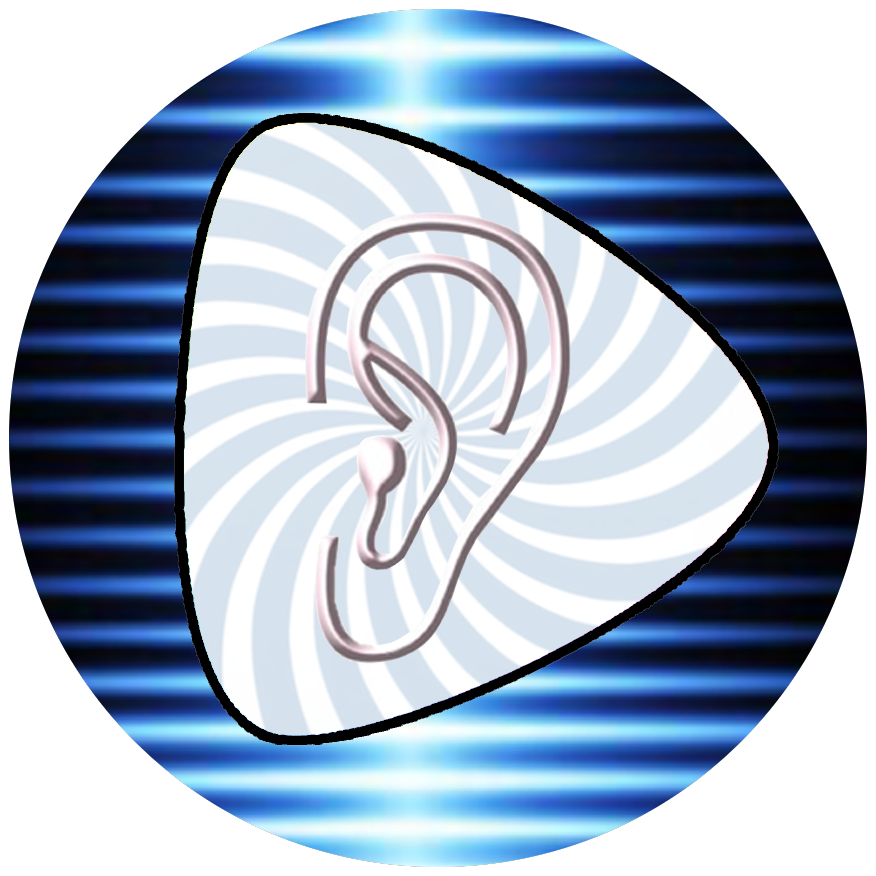 Auditory Phonetic Subtraction
Auditory Phonetic Subtraction
-
 Auditory Visual Integration
Auditory Visual Integration
-
 Colourimetry
Colourimetry
-
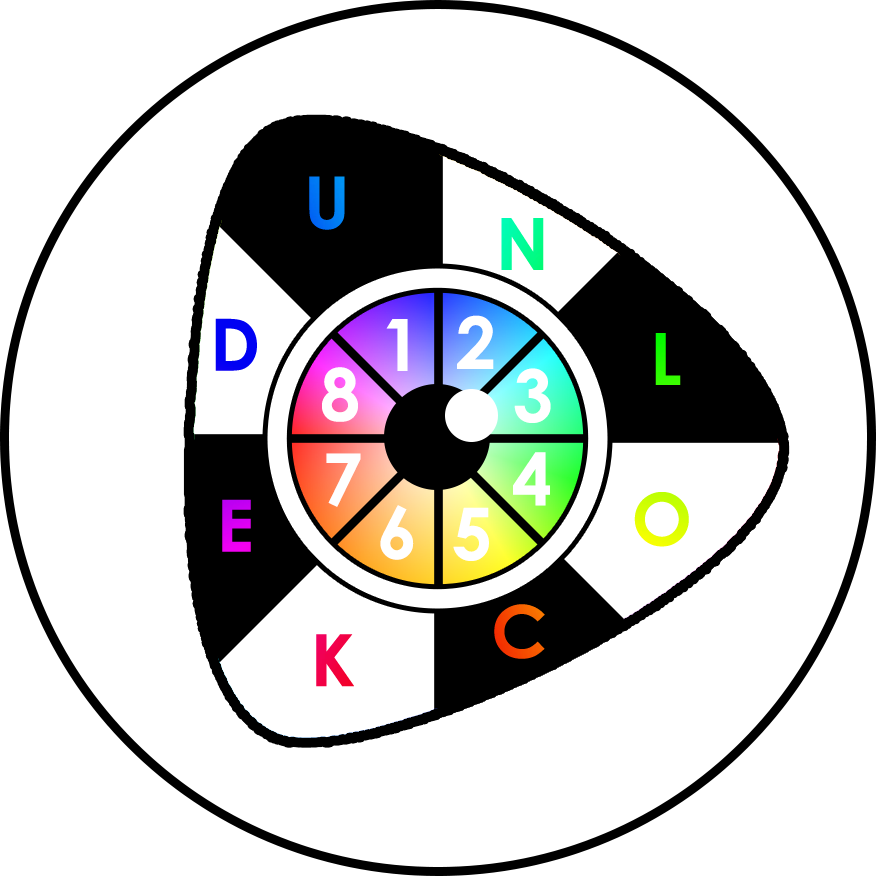 Digit Matching
Digit Matching
-
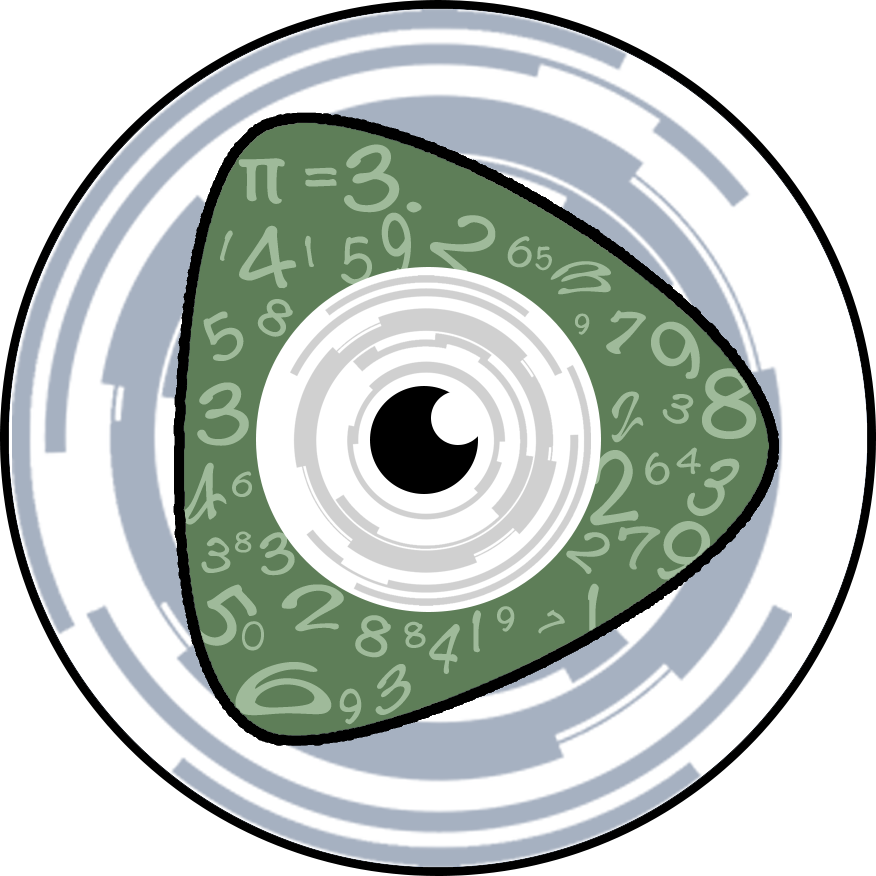 Dyscalculia
Dyscalculia
-
 Dyseidesia / Dysphonesia
Dyseidesia / Dysphonesia
-
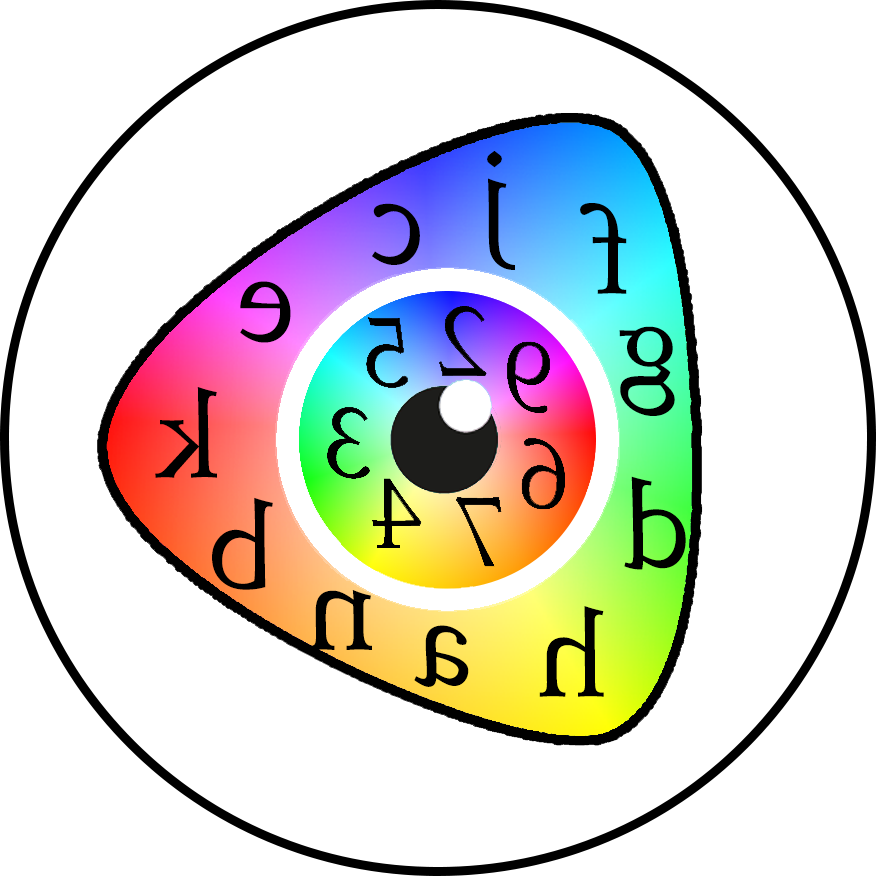 Dysnemkinesia
Dysnemkinesia
-
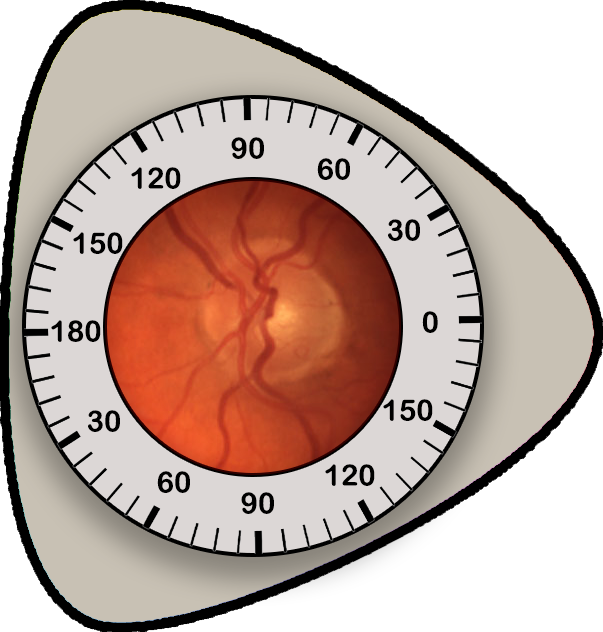 Eye Exam Data
Eye Exam Data
-
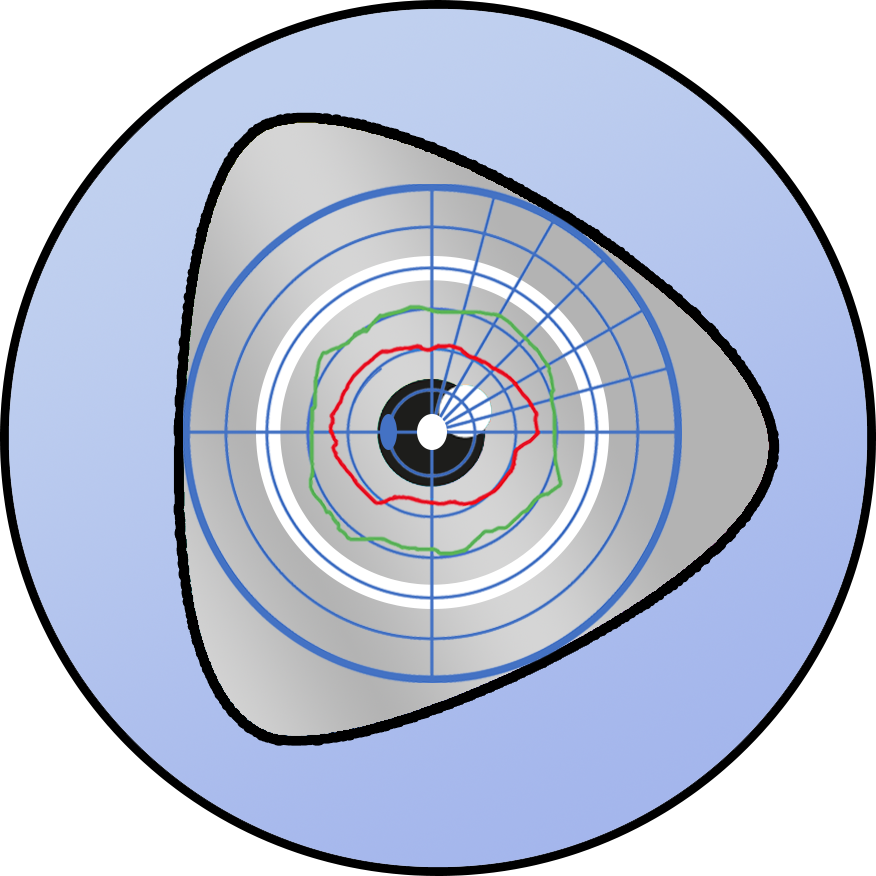 Kinetic Colour Perimetry
Kinetic Colour Perimetry
-
 Laterality
Laterality
-
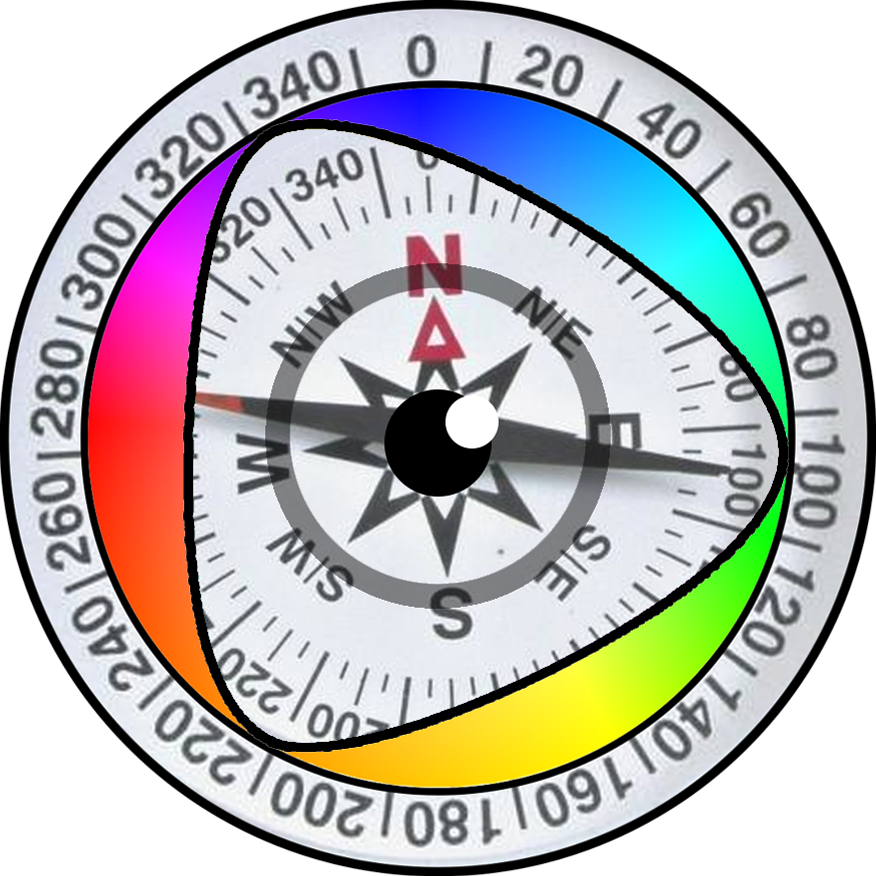 Reading Eye Movement
Reading Eye Movement
-
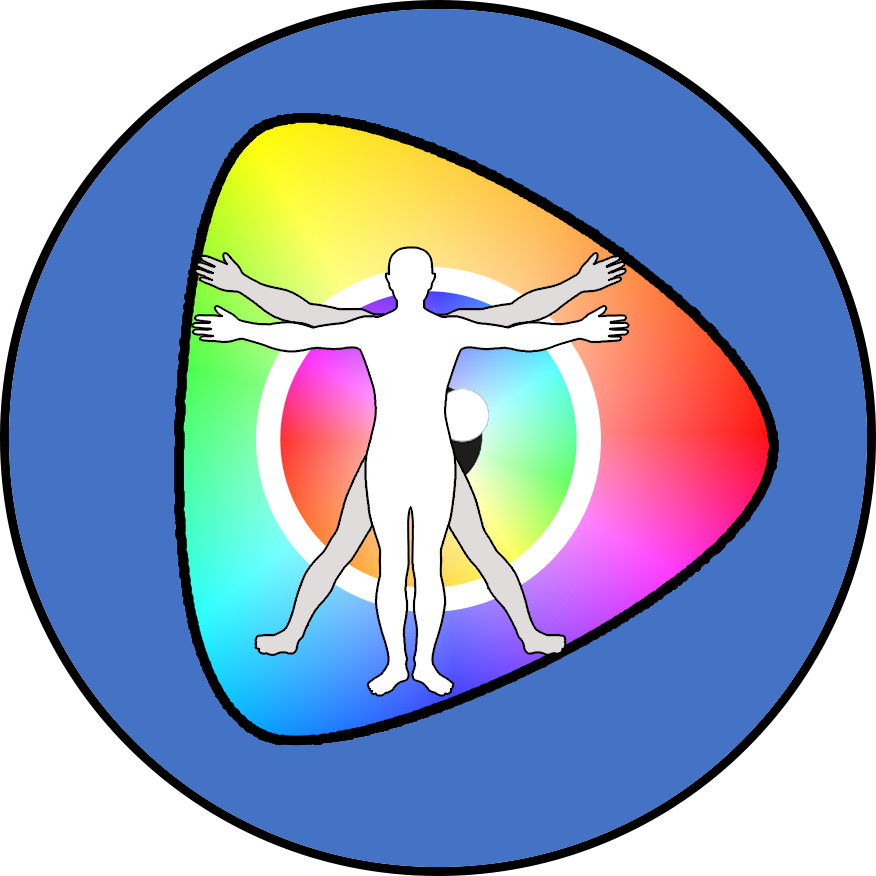 Retained Reflexes
Retained Reflexes
-
 Sentence Copy
Sentence Copy
-
 Sequencing
Sequencing
-
 Tachistoscope
Tachistoscope
-
 Visual Sensory Perception
Visual Sensory Perception
-
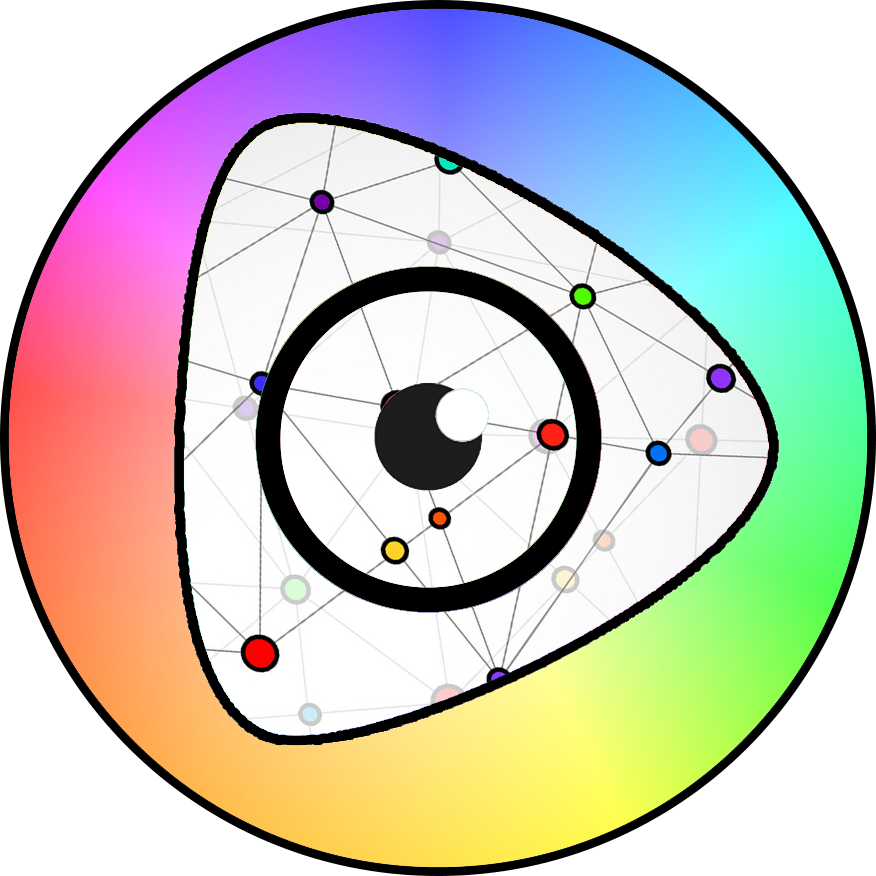 Visual Spatial Awareness
Visual Spatial Awareness
Reading Eye Movement
Designed to evaluate developmental issues in eye movement control and visual-verbal integration in children the REM assessment uses easily identified textualized images to assesses a child's ability to make quick and accurate saccadic eye movements, which are crucial for reading and other academic activities.
The speed and accuracy of rapid, small movements of the eyes as they shift focus from one point to another is assessed with skips, transpositions and line jumps recorded. Visual-verbal integration is assessed as images are identified and spoken aloud quickly and accurately, integrating visual information with verbal output. Automaticity of picture naming is important for fluent reading.
The test reveals ocular co-ordination deficiencies which affect developmental reading problems by having two crucial segments. Part one, has two columns of pictures presented. There are ‘read› aloud as quickly and accurately as possible. This measures identification speed without the need for significant eye movements. Part two, has rows of pictures with both regular and irregular spacing requiring variation in the length of saccadic eye movements. Performance is compared to isolate eye movement efficiency from naming speed.
Visual-verbal integration and processing speed is compared against age matched normative data and the resultant saccadic eye movement efficiency score determines if reading issues are related to eye movement control rather than verbal skills.
This evaluation can be repeated at the end of any therapy program to assess the overall effectiveness of vision therapy on oculomotor control with gains in eye movement efficiency expected. The iPad application uses the camera to follow eye movements enabling tracking of eye movement versus presented screen image.